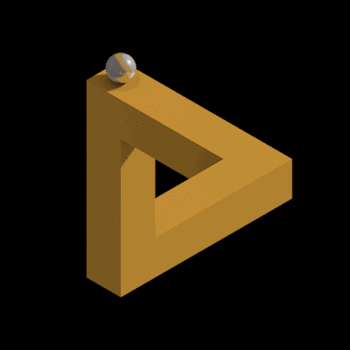#color(blue)("The teaching bit")#
Percentage is just a fraction but a special one. What make it special is that the bottom number (denominator) is fixed at 100.
As an example #30% ->30/100# this is stating that if there are 100 of something you have selected 30 of them.
Now let look at the symbol %. In a way this is a bit like the
c in cm#-># centimetres ( centi metres)
Note that centi is another way of saying
#100color(white)()^("th")->1/100" of 1 metre"#
As cm is a unit of measurement then so is #%# a unit of measurement but one that represents #1/100#
So 20% #->20xx%color(white)("d")->color(white)("d")20xx1/100=20/100#
~~~~~~~~~~~~~~~~~~~~~~~~~~~~~~~~~~~~~~~~~~~~~~~~~~~~~
#color(blue)("Answering the question")#
#color(brown)("The tip part")#
#color(white)("d")20% color(white)("d")"of "color(white)("dd")$38#
#color(white)("d")color(red)(darr)color(white)("ddd")color(red)(darr)color(white)("ddd")color(red)(darr)#
#20/100color(white)("dvd")xxcolor(white)("dd")$38#
But #20/100# is the same as #(20-:20)/(100-:20)=1/5# so now we have:
#1/5xx$38.00=$7.60#
So #20%" of "$38=$7.60#
~~~~~~~~~~~~~~~~~~~~~~~~~~~~~~~~~~~~
#color(brown)("Putting all of this together")#
#"Pre-tip" color(white)("d") +color(white)("dd") "tip "= "final cost"#
#color(white)("dd")color(red)(darr)color(white)("dddddd")color(red)(darr)color(white)("ddddd")color(red)(darr)#
#color(white)(".d")$38color(white)("dd")+color(white)("d")$7.60= $45.60#



